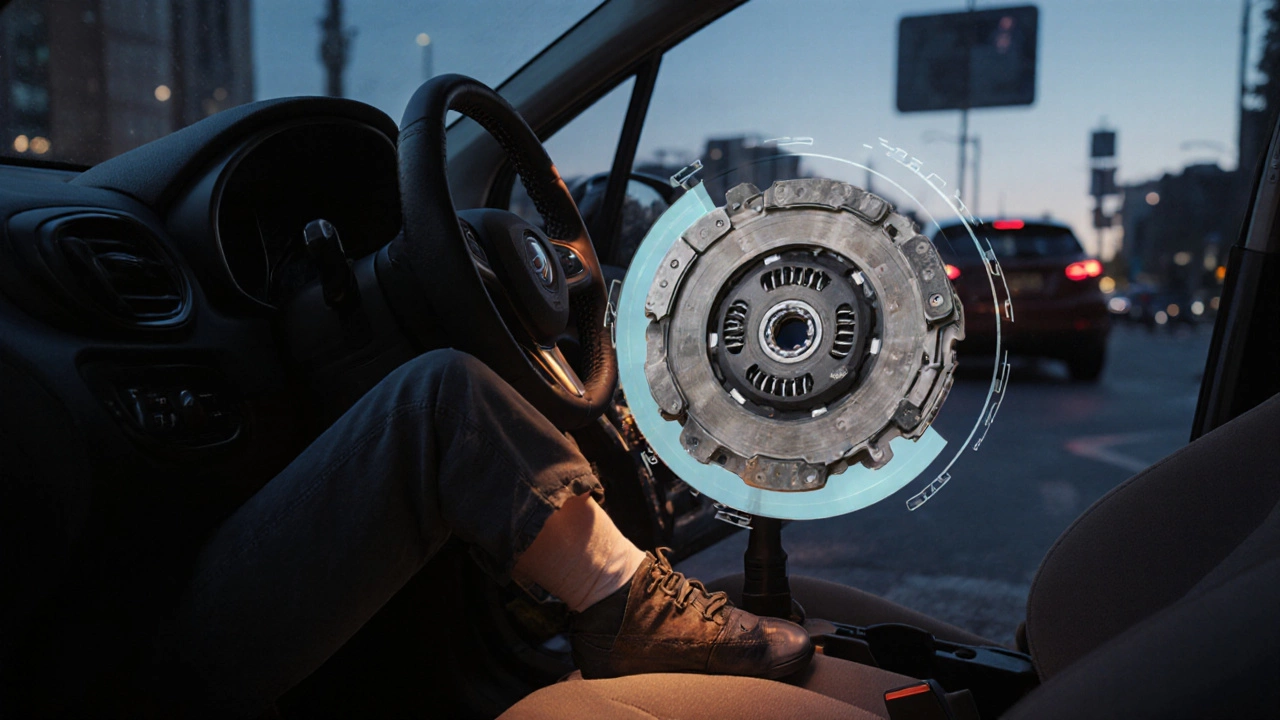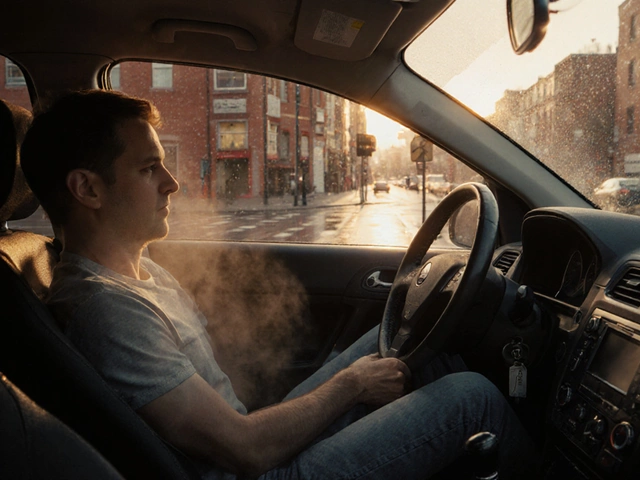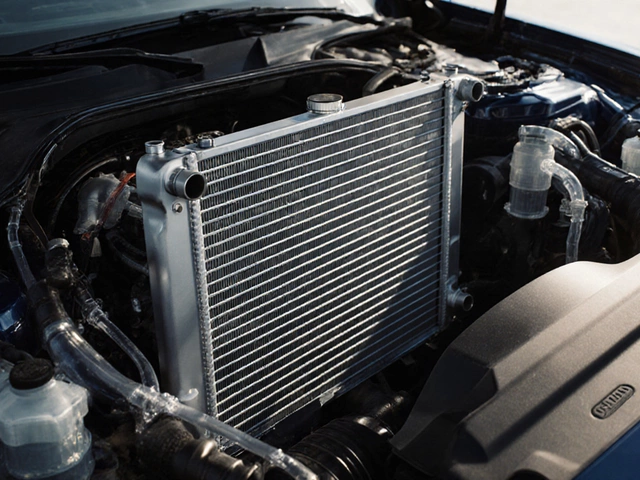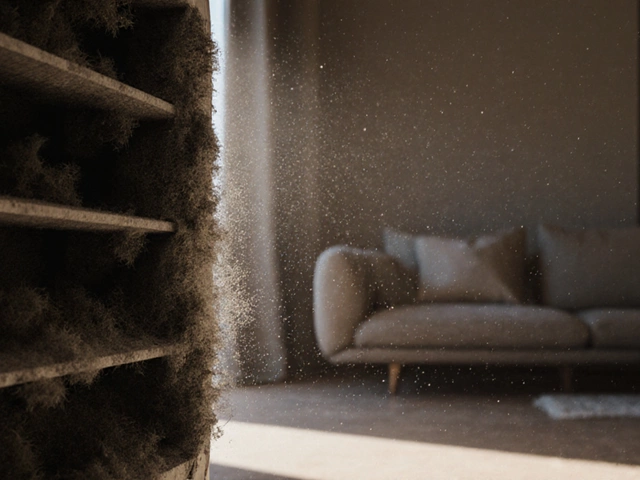
Clutch Wear: Signs, Causes, and What to Do Before It Fails
When your clutch wear, the gradual breakdown of the clutch disc and pressure plate due to friction and usage. Also known as clutch degradation, it’s not a sudden failure—it’s a slow leak in your car’s ability to transfer power from the engine to the wheels. Most drivers don’t notice it until it’s too late. By then, you’re either slipping gears, smelling burning, or stranded with a car that won’t move when you press the pedal. Clutch wear happens over time, but the signs are there if you know what to look for.
It’s not just about age. How you drive matters more. Riding the clutch at traffic lights, shifting too fast, or using the clutch to hold your car on a hill instead of the brake? That’s like dragging sandpaper across the clutch surface. Every time you do it, you shorten its life. The clutch kit, the set of parts that includes the friction disc, pressure plate, and release bearing. Also known as clutch assembly, it’s the core of this system. When one part fails, the others usually aren’t far behind. That’s why replacing just the disc without checking the pressure plate or flywheel is a waste of money. And don’t ignore the clutch failure, the point where the clutch can no longer engage properly, causing slippage, grinding, or complete loss of power transfer. Also known as clutch burnout, it often follows years of unnoticed wear. It’s not an accident—it’s the result of ignoring early signals.
You’ll know it’s happening if your car hesitates when accelerating, if the engine revs but the car doesn’t move, or if you smell something like burnt toast when you drive. A spongy or overly high clutch pedal? That’s air in the hydraulic line or a worn release bearing. Grinding when shifting? The clutch isn’t fully disengaging. These aren’t just "annoyances"—they’re warning signs that your clutch is wearing out faster than it should. And if you’ve been told your clutch is "fine" but you feel any of this, get a second opinion. A good mechanic will check the free play, the pedal height, and the condition of the friction material—not just say "it’s okay for now."
Clutch wear doesn’t happen overnight, but it doesn’t wait for you to be ready either. The posts below give you the real, no-fluff details: how to spot a bad clutch before it leaves you stranded, what a clutch kit actually includes, how long replacement takes, and how much it really costs in 2025. You’ll also find out why some drivers replace their clutch at 80,000 km and others at 200,000 km—and why your driving habits make all the difference. This isn’t theory. It’s what people actually experience—and how to fix it before it costs you more than you planned.
-
20 Nov

-
23 Oct

Does clutch kicking ruin your clutch? - What you need to know
Discover how clutch kicking affects clutch wear, the signs of damage, and practical tips to protect your clutch kit. Learn when to replace parts and how to drive smoother. -
18 Oct

Clutch Adjustment Signs: How to Tell If Your Clutch Needs Tuning
Learn the key signs that your clutch needs adjustment, how to measure pedal free play, and when to DIY or seek a mechanic. Includes a symptom table and maintenance checklist. -
8 Oct

Do I Need a New Clutch Kit? Signs, Checks, and Costs
Learn the signs that your vehicle needs a new clutch kit, how to inspect it yourself, what a kit includes, costs in the UK and when to DIY or seek a professional.





